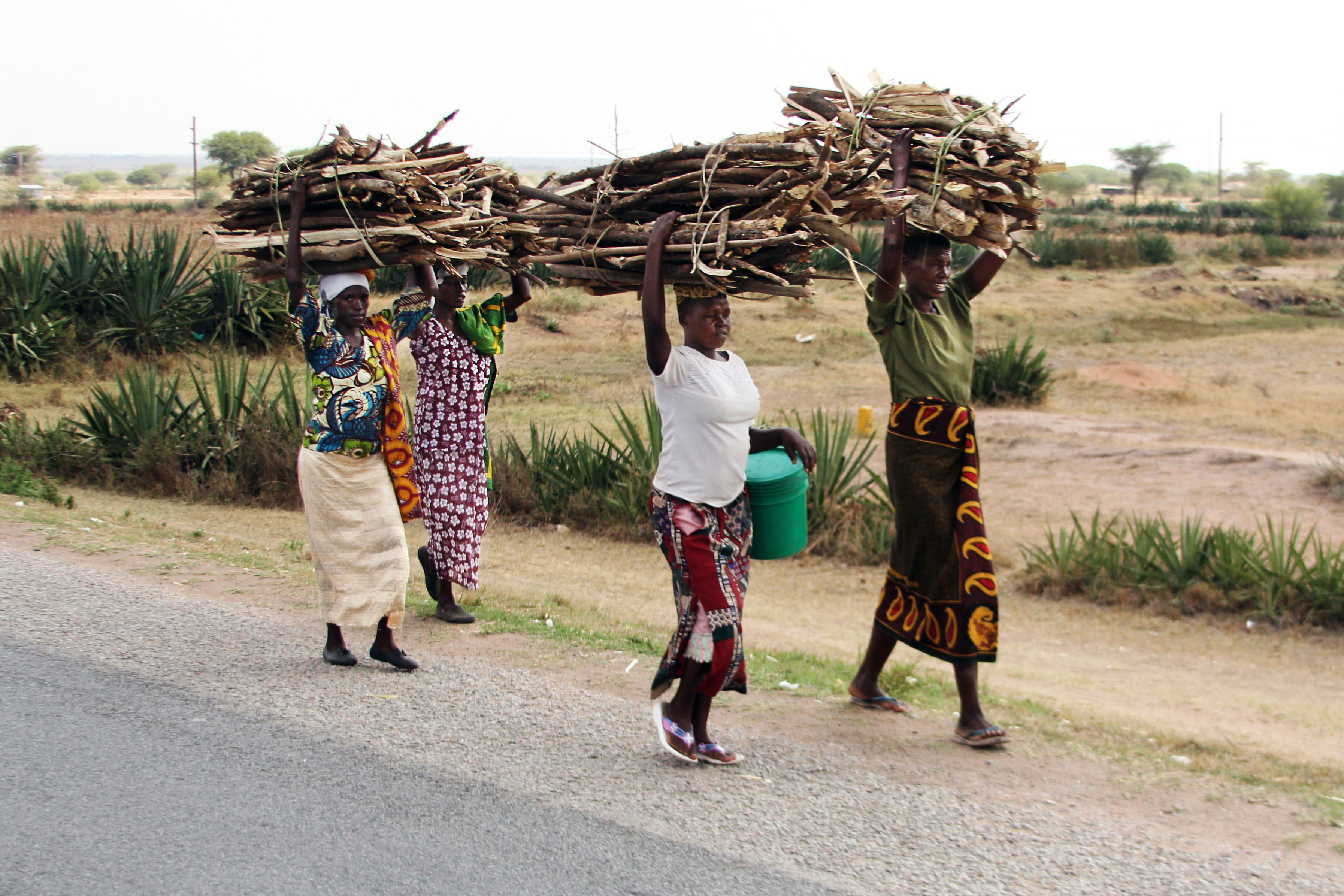Blogs

On 17 October 2017, the Kenya Office of the United Nations Population Fund (UNFPA) and the National Council for Population and Development (NCPD) in collaboration with the African Institute for Development Policy (AFIDEP) and other stakeholders in population and development convened at a forum in Nairobi to launch the 2017 State of World Population report.
This year’s report highlights the growing inequality in the world, and reproductive health inequality even more so. It also highlights the vast range of inequalities that threaten economies, communities and entire nations. Social, economic and political inequalities are mutually reinforcing and, in turn, also largely inescapable for those people trapped in the cycle of poverty and disenfranchisement.
The link between poverty and inequality
Speaking at the launch, Prof. Alfred Agwanda from the University of Nairobi said that poverty, the first focus of the Sustainable Development Goals (SDGs), is both a cause and a consequence of multiple human rights deprivations. In his address, he noted that the relationship between population and development is so intertwined with the issues of poverty, patterns of production and consumption, and inequality, that no issue can be fruitfully addressed in isolation. Although the report shows that poverty is on the decline, as a multidimensional phenomenon, it continues to keep inequality on the rise. For instance, around 6 million Kenyans currently live in slums. Despite access to health and basic services, e.g., food and water, they will remain trapped in a poverty cycle because other factors such as adult literacy, fertility rates, the arability of the land they live on, education of mothers, distance to the nearest health facility, among others, apply a larger extent of pressure on poor people than they do on the middle and upper-income class. This further widens the inequality gap.
Dr. David Soti, from the Ministry of Health, said that the combination of being poor and having ill health increases the chances of this turning into a vicious cycle of poverty. He pointed out that despite the private sector having doubled its service reach and workload, the key indicators for health and inequality have not changed significantly, a clear demonstration that access to health by the poor is still very low. Dr. Soti was representing the Director of Medical Services.
Reproductive health and inequality
The theme of this year’s report is “Worlds apart: Reproductive health and rights in an age of inequality.” A common thread in the report is that one’s gender is an important determinant of the inequalities. Being a girl or a woman intensifies the inequalities that one experiences. Currently, too many girls and women across the world either do not have or only have limited access to sexual and reproductive health care. This means that, among others, they are unable to receive family planning services or antenatal care, and may be forced to keep unintended pregnancies and give birth in difficult and unsafe conditions.
Dr. Ademola Olajide, the UNFPA Country Representative for Kenya, noted that one of the steps towards righting inequality is avoiding situations where women suffer what has come to be termed as the “motherhood penalty”. These are situations where girls and women are pressured into early motherhood, and repeatedly too, and they, as a result, become more likely to incur maternal injuries, disabilities and even death. They also become less likely to complete their education or join the paid labour force, further immersing their families into poverty and their children into bleaker futures. As a whole, these inequalities could potentially undermine the global community’s goals to end poverty and achieve sustainability.
Start with the furthest behind
According to Dr. Josephine Kibaru-Mbae, the Director-General, NCPD, some of the interventions that could lay the foundation for reducing the level of inequality across society today are targeted efforts to grow income among the poor and improving access to reproductive health services and products in these communities. Ezekiel Ngure, a Population Data Specialist at UNFPA, also spoke at the launch, noting that a good place to start is to make reproductive health care universally accessible to help the poorest girls and women overcome inequalities. Girls and women with access to reproductive health rights and services are more empowered and make better choices with their lives and the lives of those under their care.

